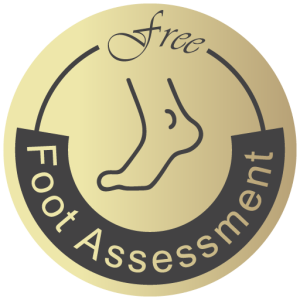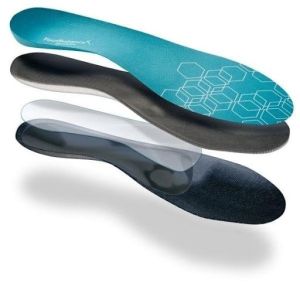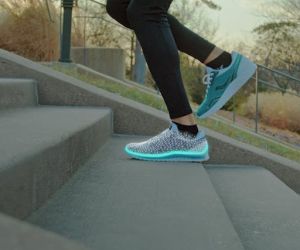



The bunion is the protrusion of a bone in the big toe joint, which can lead to an ingrown toenail or inflammation of a bursa, which is a fluid-filled sac that separates bones from muscles. One way to help prevent and reduce further damage from bunions is by using insoles. Learn more about what insoles are and how they work in this blog article!
A bunion is a deformity of the big toe. The big toe points outwards away from the other toes, and the joint at the base of the big toe is enlarged. This can cause pain when wearing shoes, as well as redness and swelling. Bunions can be caused by a number of things, including genetics, arthritis, and wearing tight or ill-fitting shoes. Wearing insoles can help to treat the pain associated with bunions. Insoles can help to realign the bones in the foot and take pressure off of the painful joint. They can also cushion the foot and provide support. If you have bunions, talk to your doctor about whether insoles might be right for you.

There are several symptoms that can be associated with a bunion, including pain, swelling, and redness around the joint. The big toe may also be difficult to move. In some cases, bunions can also cause problems with wearing shoes, as they may rub against the inside of the shoe and cause irritation.
If you are experiencing any of these symptoms, you may have a bunion. It is important to see a doctor so that they can diagnose the problem and recommend treatment. Wearing insoles in your shoes can help to relieve some of the pain associated with bunions.

There are many ways to treat a bunion, but one of the most effective ways is to use insoles. Insoles can help to realign your foot and take pressure off of the bunion. They can also help to cushion your foot and reduce pain. Here are some step-by-step instructions for using insoles to treat your bunion pain:

While there are many different types of insoles available on the market, it is important to choose a pair that fits well and provides the right level of support for your individual needs. If you suffer from bunions, you may want to consider a pair of insoles that are designed specifically for this condition.
When selecting a pair of insoles, make sure to take into account the type of shoes you will be wearing. For example, if you plan on wearing them in dress shoes, you will need a different type of insole than if you were planning on wearing them in sneakers. Additionally, pay attention to the size and shape of your feet when choosing an insole, as this will ensure a comfortable and customized fit.
If you are not sure which type of insole is right for you, consult with a podiatrist or other foot health professional. They will be able to assess your individual needs and recommend the


